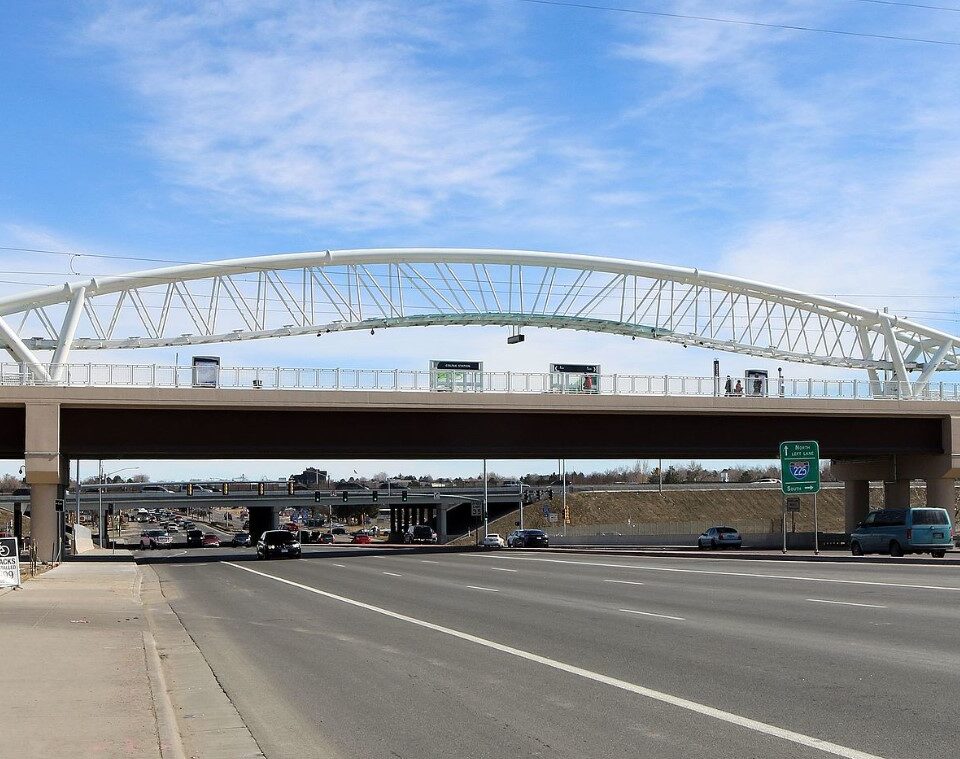A Transit-Oriented Approach to Development
Aurora proactively planned station areas and transit-oriented density around the RTD’s R Line light rail years before it began operating. This has resulted in a 22-mile line that stretches along the 1-225 and connects to the A Line to DEN and downtown, creating the perfect opportunity for incoming businesses to stay close to existing infrastructure and pedestrian-friendly environments.
Subsequent transit-oriented development has boomed as a result. Over 2,000 residential units, 50,000 square feet of retail, two hotels, and more have already been completed at stations along the R Line. Hundreds of thousands of square feet of office space are anticipated, growing Aurora’s Class A inventory and delivering modern office environments to attract top employers



